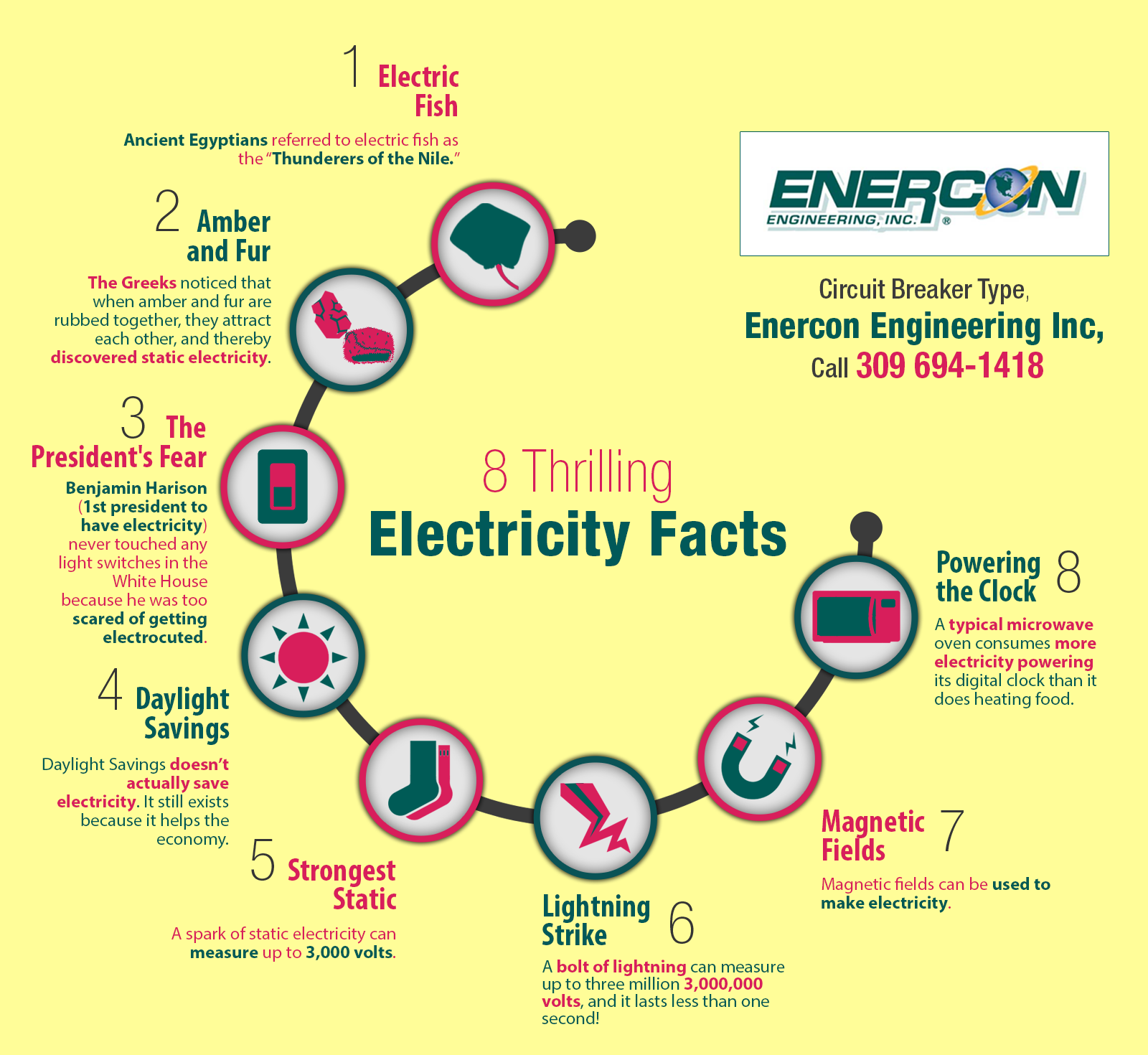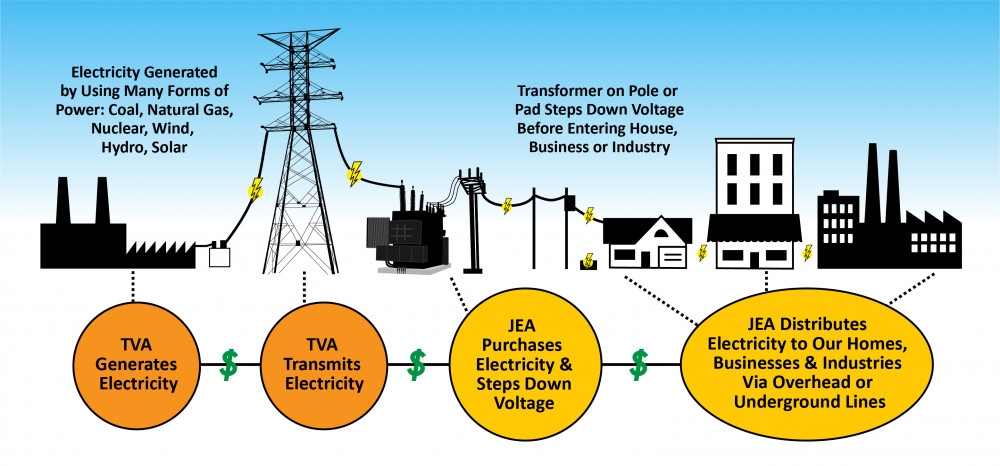Electricity has become an integral part of modern life, powering our homes, businesses, and infrastructure. While most of us take the availability of electricity for granted, the cost of getting electricity on land can vary significantly depending on factors such as location, infrastructure, and energy sources. Whether you’re a homeowner considering off-grid living or a business owner looking to reduce energy expenses, understanding the costs involved is essential.

Image: sharedinfographics.com
Factors that Determine Electricity Costs on Land
The cost of getting electricity on land is influenced by a combination of factors that include:
-
Location: The availability of electricity infrastructure, such as power lines and distribution systems, influences the cost of connecting to the grid. Remote areas typically face higher connection fees due to the need for extensive line installations.
-
Infrastructure: The cost of installing electrical infrastructure, including transformers, poles, and wiring, can vary depending on the size of the property and the complexity of the installation.
-
Energy Source: The choice of electricity generation method, whether conventional fossil fuels, renewable sources, or hybrid systems, impacts the overall cost. Renewable energy systems, such as solar and wind, often require higher upfront investment but may offer long-term savings.
Grid-Connected Electricity Costs
Connecting to the electrical grid is the most common way to obtain electricity on land. The costs associated with grid connection include:
-
Connection Fees: Depending on the location and utility provider, homeowners can expect to pay a one-time fee ranging from $1,000 to $5,000 to connect to the grid.
-
Monthly Service Fees: Utility companies typically charge a monthly service fee, which includes distribution and transmission costs. These fees can vary widely but generally fall between $20 and $50.
-
Usage Fees: Electricity usage is charged per kilowatt-hour (kWh). The cost per kWh varies depending on the utility company, the time of day, and the presence of time-of-use rates. In the United States, the average cost of electricity is around 13.03 cents per kWh.
Off-Grid Electricity Costs
For those located in remote areas or seeking energy independence, off-grid electricity systems offer an alternative. Off-grid systems typically include a combination of generation (e.g., solar panels, wind turbines), storage (e.g., batteries), and backup power sources (e.g., diesel generators). The cost of an off-grid system depends on the size and complexity of the system, which influences the equipment costs, installation labor, and maintenance costs.
-
Solar Power Systems: The cost of residential solar power systems ranges from $15,000 to $25,000, including installation. This cost typically covers solar panels, inverters, mounting structures, and other necessary components.
-
Wind Power Systems: Wind turbines also offer an alternative energy source. Depending on the turbine size and installation requirements, the cost of a small wind turbine system for a residential property ranges from $8,000 to $12,000.
-
Backup Power: Diesel generators serve as a backup source of electricity during times of low solar or wind generation. The cost of a diesel generator ranges from $2,000 to $10,000.
-
Batteries: Battery storage is essential for off-grid systems to store excess electricity during peak generation periods. Battery costs vary depending on the capacity and technology, ranging from $5,000 to $15,000.

Image: www.jlcatj.gob.mx
How Much Is It To Get Electricity On Land
Cost-Effective Measures for Electricity on Land
To reduce the costs of electricity on land, consider the following measures:
-
Energy Efficiency: Implementing energy-efficient appliances, lighting, and insulation can minimize electricity consumption.
-
Renewable Energy: Explore renewable energy sources such as solar and wind to reduce dependence on traditional fossil fuels.
-
Off-Peak Usage: Utilize electricity during off-peak hours when rates are typically lower.
Understanding the costs of getting electricity on land is essential for informed decision-making. Whether connecting to the grid or opting for off-grid systems, careful consideration of location, infrastructure, and energy sources will help you optimize your electricity expenses while meeting your energy needs effectively.